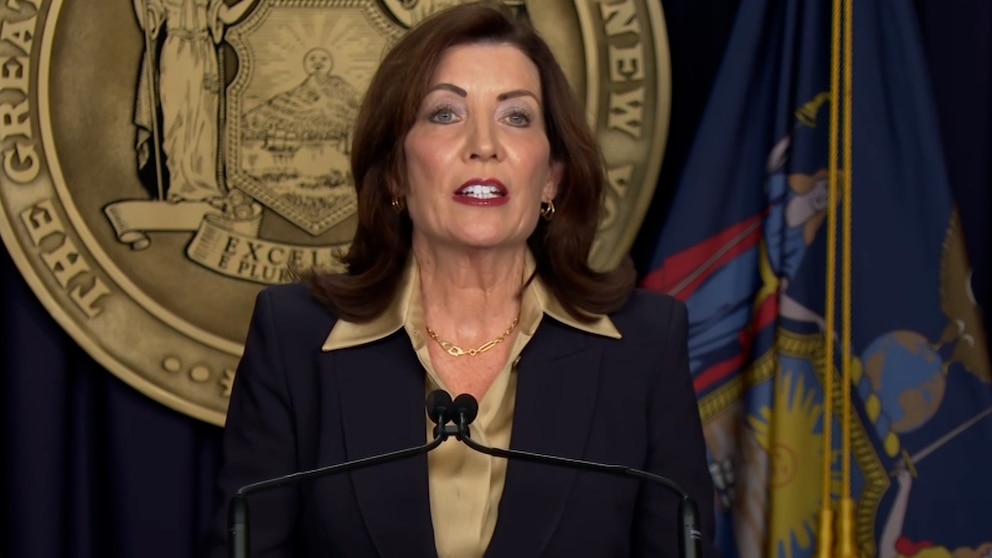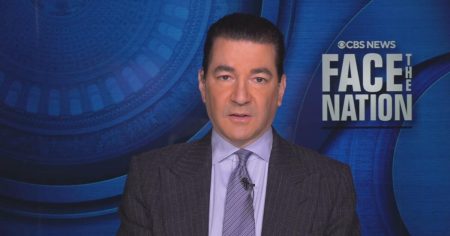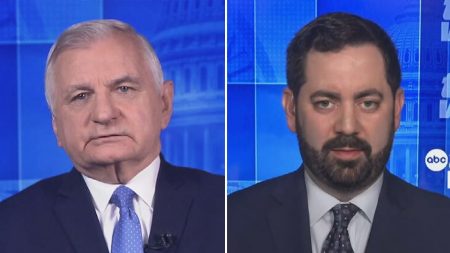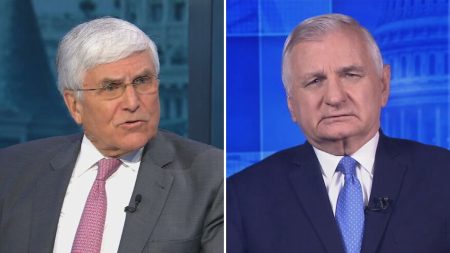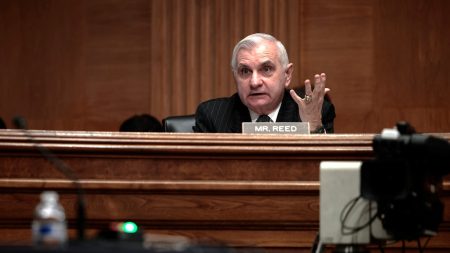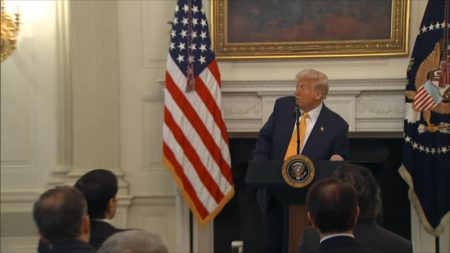NY Governor Won’t Remove Eric Adams as Mayor: A Look at the Decision and its Implications
In a move that has sparked both relief and criticism, the Governor of New York has made it clear that she will not be removing Eric Adams from his position as Mayor of New York City. Despite the challenges Adams has faced during his tenure, including criticism over budget decisions, public safety strategies, and scrutiny over his administration’s handling of certain policies, the Governor has chosen to stand by the mayor. This decision has significant implications for the city and its residents, as it signals a commitment to allowing elected officials to see through their term without interference, barring extreme circumstances.
The Governor’s Stance and the Importance of Democratic Processes
The Governor’s decision not to remove Mayor Adams reflects a broader commitment to respecting democratic processes and the will of the voters. By allowing Adams to remain in office, the Governor is acknowledging that the Mayor was duly elected by the people of New York City and that it is their prerogative to evaluate his performance at the polls. This stance underscores the importance of maintaining the integrity of the electoral process and ensuring that elected officials are held accountable by the voters rather than being subject to removal by higher authorities except in cases of clear malfeasance or incapacitation.
The Challenges Facing Mayor Adams and the City
Mayor Adams has faced a multitude of challenges since taking office, from managing the city’s budget to addressing public safety concerns and navigating the complexities of urban governance. While some have criticized his approach to these issues, others have acknowledged the difficult circumstances under which he has been operating. The Governor’s decision not to remove him suggests that she believes Adams has the capacity to continue leading the city effectively, despite the hurdles he has encountered. This vote of confidence could provide a much-needed boost to Adams’ administration, allowing him to focus on his policy goals without the specter of removal hanging over him.
Political and Legal Considerations in the Governor’s Decision
The decision not to remove Mayor Adams is likely the result of careful political and legal consideration. Removing a sitting mayor is a serious action that would require clear evidence of wrongdoing or inability to serve. The Governor would have had to weigh the potential consequences of such a move, including the political fallout and the potential for legal challenges. By choosing not to remove Adams, the Governor avoids setting a precedent that could be seen as overreach, while also maintaining stability in the city’s government. This decision also reflects an understanding of the separation of powers and the importance of allowing local governments to function autonomously.
The Role of the City Council and State Legislature
While the Governor has decided not to remove Mayor Adams, the city council and state legislature continue to play important roles in ensuring that the mayor’s administration remains accountable. These bodies have the authority to conduct oversight, approve budgets, and pass legislation that can impact the mayor’s ability to implement his policies. The dynamic between the mayor and these legislative bodies will be crucial in determining the success of Adams’ tenure. The Governor’s decision to allow Adams to remain in office does not relinquish the responsibility of these institutions to provide checks and balances on his power.
The Road Ahead for Mayor Adams and New York City
Looking ahead, Mayor Adams will need to focus on addressing the issues that have garnered criticism while also rebuilding trust with his constituents. The Governor’s decision not to remove him provides a window of opportunity for Adams to demonstrate his leadership and work towards the betterment of the city. For New York City, this decision means a continuation of the current administration’s policies, with the hope that any shortcomings can be addressed through collaboration and reform. The coming months and years will be pivotal in determining whether Adams can successfully navigate the challenges he faces and leave a lasting positive impact on the city.
Conclusion: Stability and Accountability in Governance
The Governor’s decision not to remove Mayor Adams underscores the importance of stability and accountability in governance. By allowing Adams to continue in his role, the Governor is respecting the democratic process and giving the mayor the opportunity to address the challenges he has faced. While there will undoubtedly be continued scrutiny of Adams’ administration, this decision also highlights the need for collaboration and cooperation between different levels of government to ensure the effective governance of New York City. As the city moves forward, it will be important to strike a balance between holding elected officials accountable and providing them with the support they need to lead effectively.





